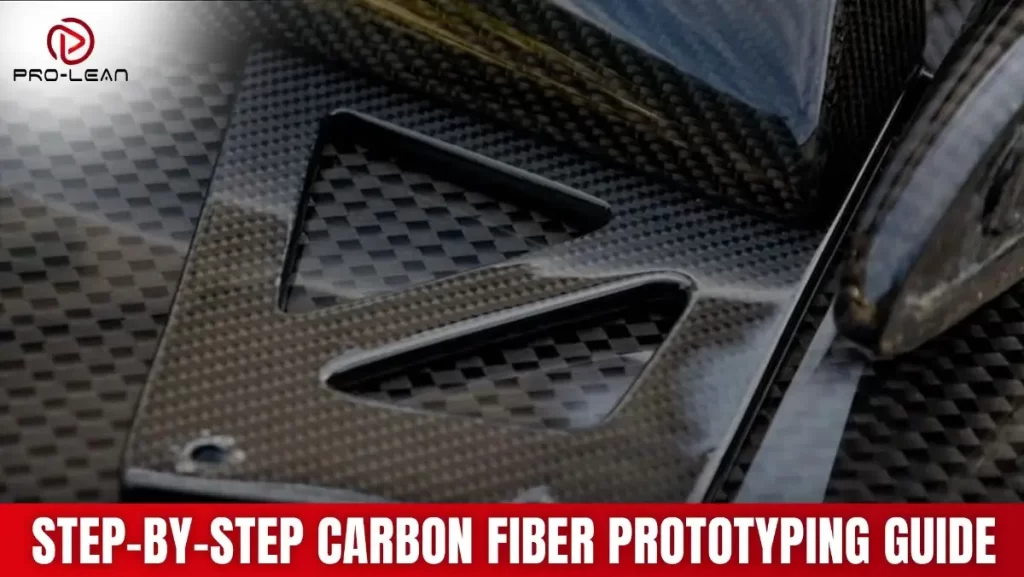
Carbon Fiber Prototyping Guide
Ever wondered how high-performance products like drones, race cars, or bicycles are made? The answer often lies in carbon fiber prototyping.
This process uses carbon fiber to create parts that are light and strong. It allows designers and engineers to build custom carbon fiber parts for specific needs, it’s essential in many industries.
Carbon fiber is changing product development in aerospace, automotive, and sports gear. Its strength-to-weight ratio and durability makes it the top choice where performance matters.
Proleantech is your go-to partner for carbon fiber prototyping. Our team and advanced manufacturing methods will get you high-quality, custom carbon fiber pieces that meet your exact needs.
In this blog, we will cover the techniques for carbon fiber prototyping. We will also look at the benefits of carbon fiber and share design tips. Let’s get started!
Check now: CNC Machining Explained
What is Carbon Fiber?
Carbon fiber consists of extremely thin carbon atom strands which form its structure. The strands form a fabric structure which maintains lightness while achieving exceptional strength.
The material serves multiple applications including aircraft construction and vehicle manufacturing and sports equipment development.
The material resists rust while maintaining stiffness which makes it a preferred material for producing lightweight strong components.
What is Carbon Fiber Prototyping?

Carbon Fiber Prototyping
The process of carbon fiber prototyping involves creating customized parts through carbon fiber materials. The testing of carbon fiber functionality occurs during this process before engineers begin manufacturing the end product. The manufacturing techniques for carbon fiber prototyping include CAD model, wet layup and vacuum bagging, 3D printing with carbon fiber, and injection molding carbon fiber. The use of carbon fiber enables the production of lightweight yet powerful parts suitable for testing purposes. The approach accelerates design development while identifying issues at an early stage to guarantee final products achieve optimal performance and meet required standards.
Must Read Guide: Turning In CNC Machining: Process, Types & Design Tips
Types of Carbon Fiber
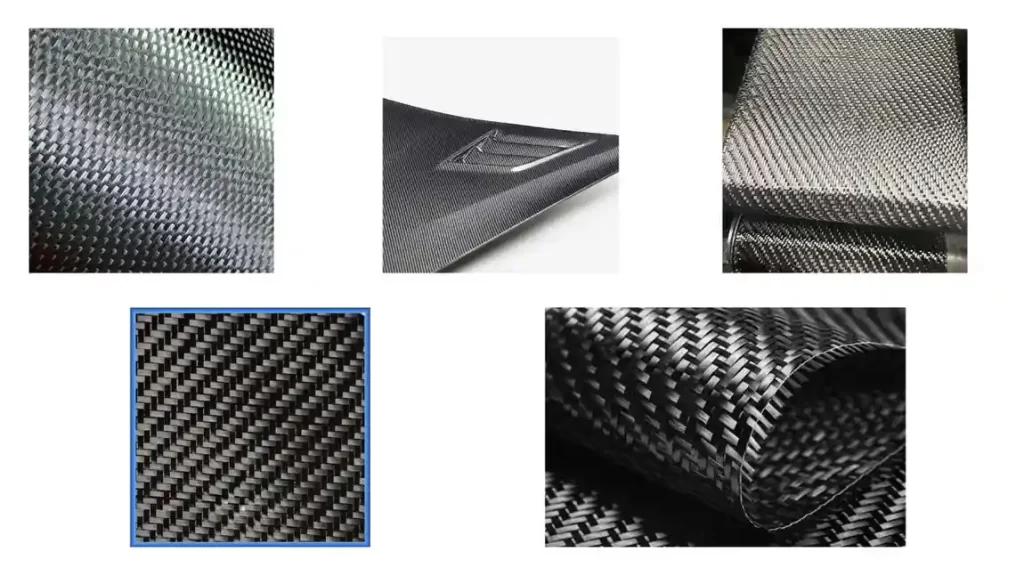
Types of Carbon Fiber
There are many kinds, or you can say types of carbon fibre which possess unique characteristics that serve different applications. The knowledge of these types enables you to select the appropriate one for your requirements.
1. Standard Modulus Carbon Fiber
This is the most common type. It has a good mix of strength and stiffness. It is used in things like sports gear and car parts.
2. Intermediate Modulus Carbon Fiber
Standard modulus carbon fiber shows higher stiffness than this type. The material finds its best applications in racing cars and advanced sports equipment because of its high-performance characteristics.
3. High-Modulus Carbon Fiber
This type is very rigid. The aerospace industry , together with high-end car manufacturers, use this material because it provides exceptional performance and strength.
4. Pan-Based Carbon Fiber
The production of polyacrylonitrile (PAN) results in this widely used commercial carbon fiber type. Its versatility makes it suitable for many industries.
5. Pitch-Based Carbon Fiber
The production of this material from pitch results in excellent thermal properties. The material serves applications in aerospace and specialized electronics that require high-temperature environments.
Try Prolean Now!
Carbon Fiber Prototyping Methods
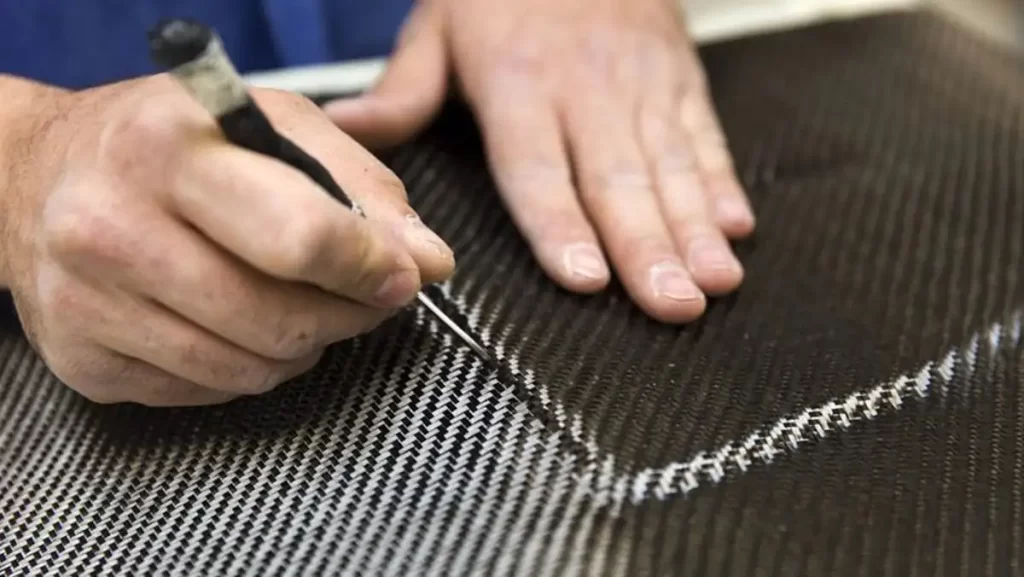
Carbon Fiber Prototyping Methods
Rapid prototyping turns digital designs into real parts. Carbon fiber is great for strong, light parts. The process starts with a digital model, usually from CAD software. Then, it’s made real using methods like 3D printing.
At ProleanTech, we use prepreg carbon fiber molding and carbon fiber machining. 3D printing is also a new way to make parts. This section explains these three main methods.
1. Preparation: What You Need
Before you start, get your materials ready. You’ll need epoxy and hardener, a brush, and a release agent. Also, a digital scale, mixing cups, and sticks are important. Carbon fiber makers often use carbon fiber fabric and strong scissors (composite shears).
For vacuum bagging, you need more items. These include a vacuum pump, vacuum bag plastic, breather fabric, and peel ply. You’ll also need a through-bag connector and special sealant tape.
2. Using Molds and Cores
Most carbon fiber parts need a mold or a core.
Cores: These are light materials like foam or 3D-printed plastic. Carbon fiber is laid over them to form the part.
Molds: Molds help make many copies of the same part. They can be made from aluminum, 3D-printed plastic or wood. Molds need to be smooth and polished. Before use, they get many layers of release wax. This stops the carbon fiber from sticking.
3. Carbon Fiber Processing Techniques
Once molds or cores are ready, you can apply the carbon fiber. For prototypes, simpler methods work best. Two common ones are wet layup and vacuum bag.
Wet Layup
This is the simplest method. You cut carbon fiber fabric. Then you brush epoxy onto the mold or core. Drape the fabric over it, then add more epoxy to soak it completely.
Don’t leave dry spots. Dab the brush gently to prevent wrinkles. You can add more layers for strength, adding epoxy between them.
Let the part cure for about 24 hours. This method is cheap but the finish might need lots of sanding.
Vacuum Bag
This starts like wet layup. After laying up the carbon fiber, you put the part inside a vacuum bag. You prepare the bag with sealing tape and a connector.Place peel ply over the carbon fiber, then breather fabric. Seal the bag tightly. Pull a vacuum slowly to remove all air. Outside air pressure pushes the carbon fiber against the mold.
This removes bubbles and pushes resin into all areas. If the part has an inside area, you can use an inner bag. Watch for wrinkles in the bag.
Keep the vacuum on for about 24 hours while it cures. This method gives better quality parts with fewer dry spots.
4. Prepreg Carbon Fiber Molding
This method uses “prepreg” carbon fiber sheets, which already have resin in them.
Step 1: Mold Tool Making: First, create a mold. These are often made from strong metals like aluminum or steel for precise parts.
Step 2: Carbon Fiber Processing: Skilled workers carefully place the prepreg carbon fiber sheets onto the mold. They lay them in specific directions to make the part strong.
Step 3: Curing: Next, the parts are heated to cure the resin. This makes the carbon fiber strong and stiff.
Step 4: Post Processing: Finally, the parts are finished. This involves sanding and polishing to get a smooth, professional look. A good mold and careful layup mean less finishing work.
5. Carbon Fiber Machining
This is a cutting process. A computer-controlled machine (CNC) cuts shapes from a solid block of carbon fiber.
Because carbon fiber doesn’t change shape much with heat, machining is very accurate.
It creates precise parts with smooth surfaces. It’s useful for things like electronic cases or car parts that need exact dimensions.
For more insights into CNC machining, you might want to read about CNC Machining Explained.
6. 3D Printed Carbon Fiber
This method combines 3D printing with carbon fiber. It builds strong, light parts layer by layer.
There are two main types. FFF (Fused Filament Fabrication) uses heated plastic with carbon fibers. CFF (Continuous Fiber Fabrication) embeds long, continuous carbon fiber strands into plastic for even more strength.
It offers great design freedom and makes very strong, lightweight parts quickly.
Cars use it for light parts to save fuel. Aerospace companies use it for parts that need to be strong and light in tough conditions.
Advantages and Limitations of Carbon Fiber
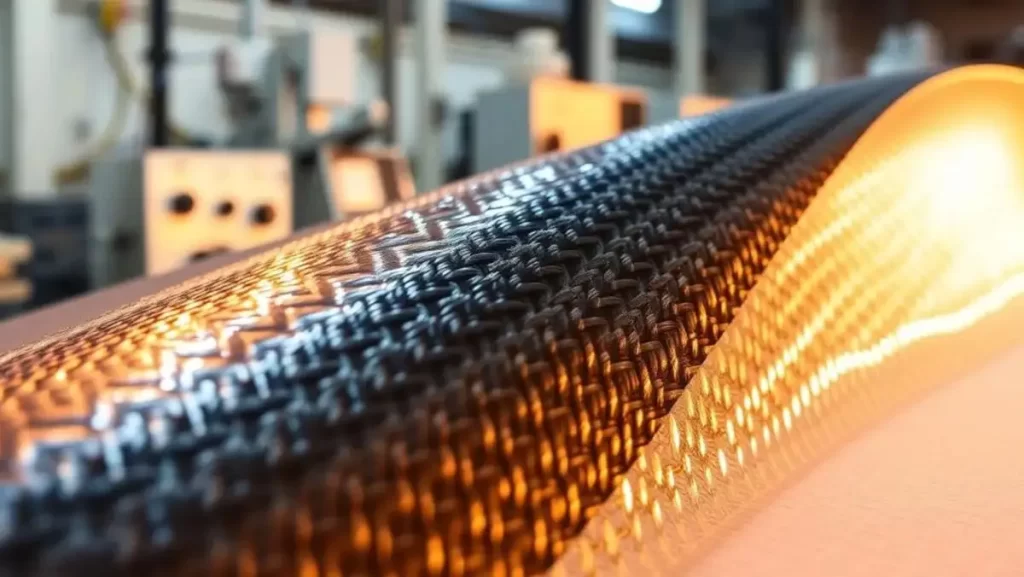
Carbon Fiber
Carbon fiber has many advantages, but also some disadvantages. Knowing both will help you make better decisions. Here are some carbon fiber benefits:
Pros
- Carbon fiber is super strong and light.
- It doesn’t rust or wear out.
- Carbon fiber is very stiff.
- It can be shaped into crazy designs.
- Absorbs vibrations.
Cons
- Can be more expensive than other materials.
- While strong it can be brittle and break if stressed too much.
- If carbon fiber parts are damaged they can be hard to fix and often need to be replaced.
- Working with carbon fiber is more complicated and takes more time than traditional materials.
Try Prolean Now!
Applications of Carbon Fiber
The multiple industries use carbon fiber because it provides strength along with lightness and versatility. Here are some main uses:
- Airplane Parts: Carbon fiber helps reduce weight and improve fuel efficiency.
- High-Performance Vehicles: It is used in body panels and parts for better performance.
- Bicycles: Many bicycles have carbon fiber frames to boost performance and lower weight.
- Sports Equipment: Golf clubs and tennis rackets use carbon fiber for more strength and less vibration.
- Prosthetic Limbs: Carbon fiber is used in prosthetics for lightweight and durable designs.
- Robotics: It is used in robot arms and parts to decrease weight.
- Construction: Carbon fiber reinforces structures and materials for added strength.
If you are interested in specific applications of CNC machining, check more about CNC machining for aluminum heat sinks.
Tips for Designing Parts for Carbon Fiber
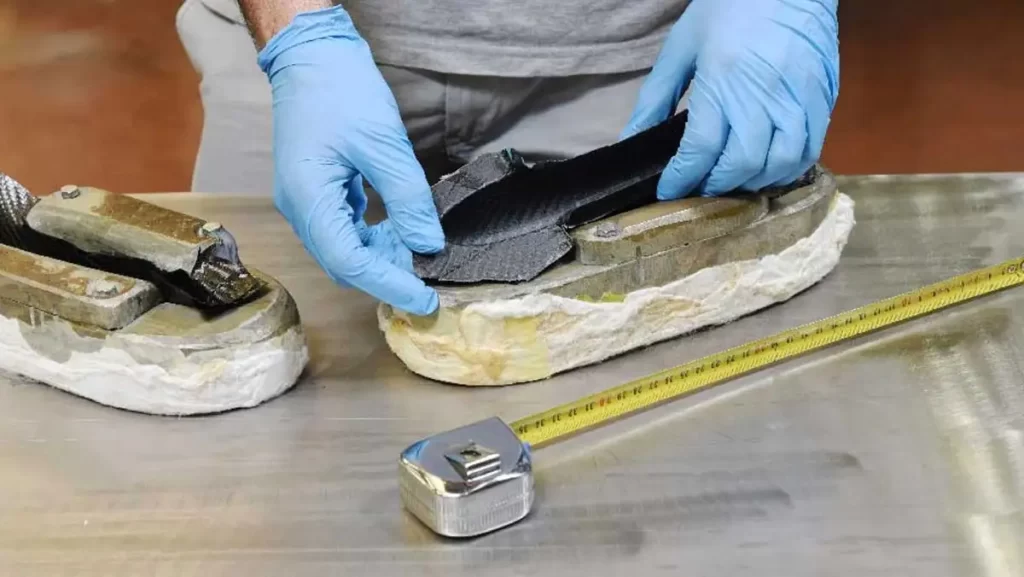
Carbon Fiber Part Design
Designers who follow these tips will develop carbon fiber parts that maximize material benefits while reducing potential drawbacks.
Here are five useful tips:
1. Understand Material Properties
The knowledge of carbon fiber strength and stiffness and weight properties will help you make better design decisions.
2. Optimize Shape
Designs that combine maximum strength with minimal weight perform best. Curved and aerodynamic designs often work best.
3. Avoid Sharp Corners
The use of rounded edges instead of sharp corners in part design helps decrease stress concentrations.
4. Plan for Assembly
The design should include features which simplify assembly through alignment tabs and interlocking parts.
5. Test Prototypes
The production process requires testing prototypes to detect problems before starting full-scale manufacturing.
Must Read: Why Small-batch CNC Machining is an Advantage for Your Business?
Summary Table of Carbon Fiber Prototyping
The lightweight and strong properties of carbon fiber make it suitable for various advanced applications.
The successful creation of prototypes requires knowledge about carbon fiber characteristics together with design principles.
Proleantech can help with your Rapid Prototyping Services needs. We can guide you on material selection, design optimization and manufacturing.
| Aspect | Details |
| Definition | Lightweight composite material |
| Types | Standard, Intermediate, High Modulus, Pan-Based, Pitch-Based |
| Advantages | Strong, Durable, Stiff, Flexible, Vibration-resistant |
| Limitations | Costly, Brittle, Hard to repair, Complex processes |
| Applications | Aerospace, Automotive, Sports, Medical, Robotics |
| Design Tips | Know properties, Optimize shape, Plan assembly, Test prototypes, Use layering |
A Must Read Guide: 3-Axis VS 5-Axis CNC Machining
Conclusion
Carbon fiber prototyping uses a strong, lightweight material for aerospace, automotive and sports gear. It has high strength-to-weight ratio and durability but can be expensive and brittle.
Knowing the different types of carbon fiber (standard and high modulus) helps in choosing the right one.
For a good carbon fiber parts manufacturing, you need to understand the material, optimize shapes and create prototypes. Follow these tips to get better results.
Proleantech can help with your carbon fiber prototyping needs. We can guide you on material selection, design optimizatio, and manufacturing. With us, you can get high quality results that improve performance and efficiency in your projects.
Ready to get started? Get your Custom Pricing Estimate. Or, to discuss your specific requirements, Contact with our experts for CNC Machining Services.
FAQs
Q1. What are the advantages of using carbon fiber in product design?
Advantages of carbon fiber in product design are lightweight, high strength, durability, corrosion resistance, design flexibility and vibration dampening. It’s ideal for various applications especially in aerospace, automotive and sporting goods.
Q2. Is carbon fiber good for 3D printing?
Yes, carbon fiber is good for 3D printing. Carbon fiber reinforced filaments can be used in 3D printers and you get the benefits of carbon fiber while you can prototype and design complex parts.

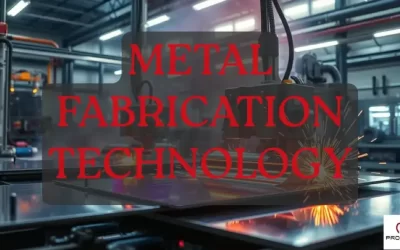
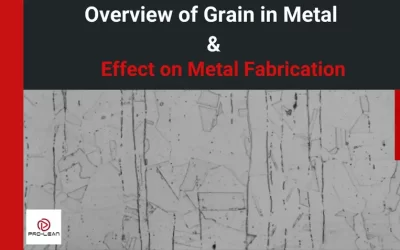
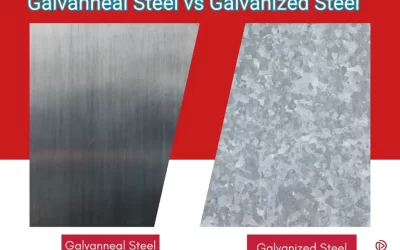
0 Comments